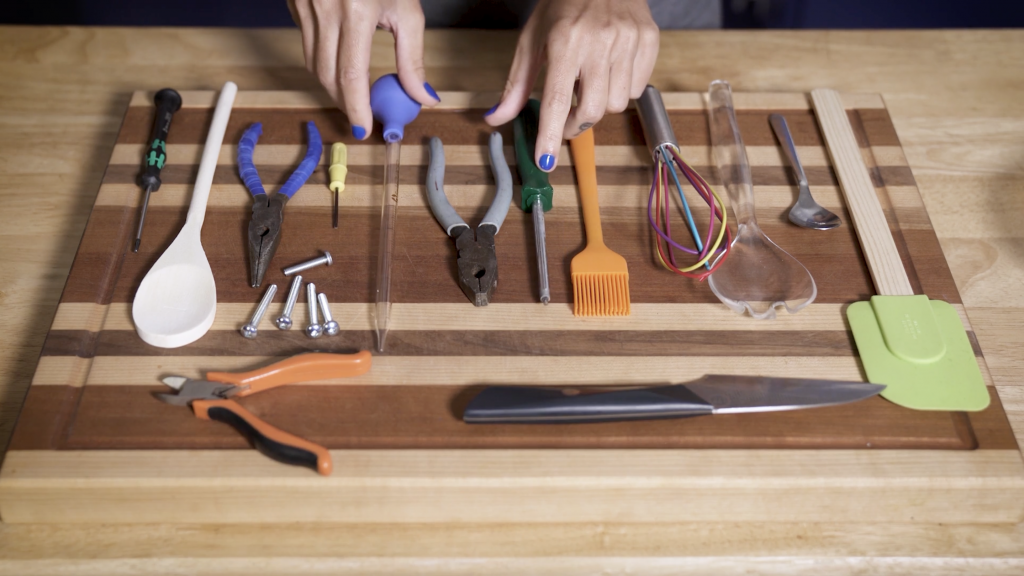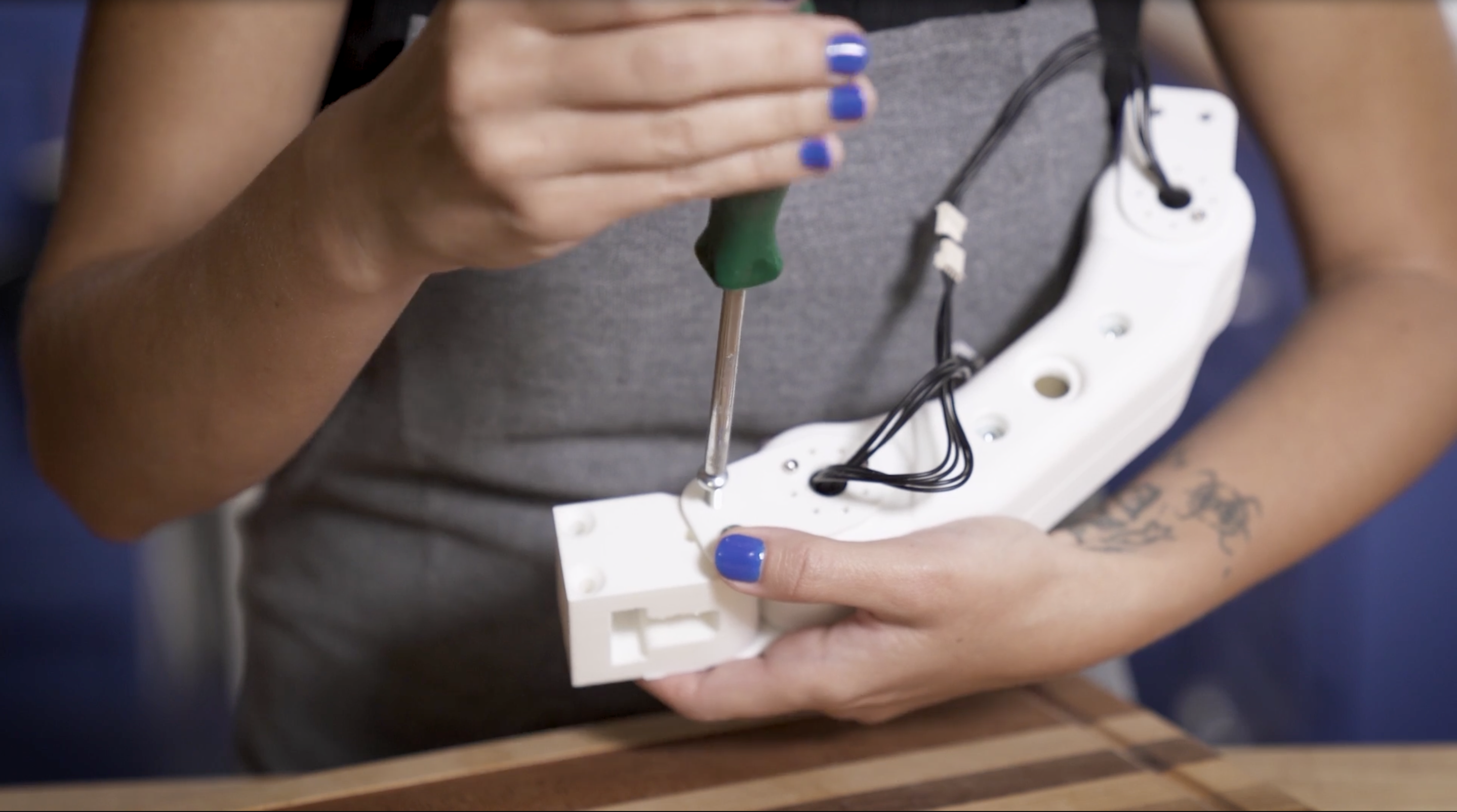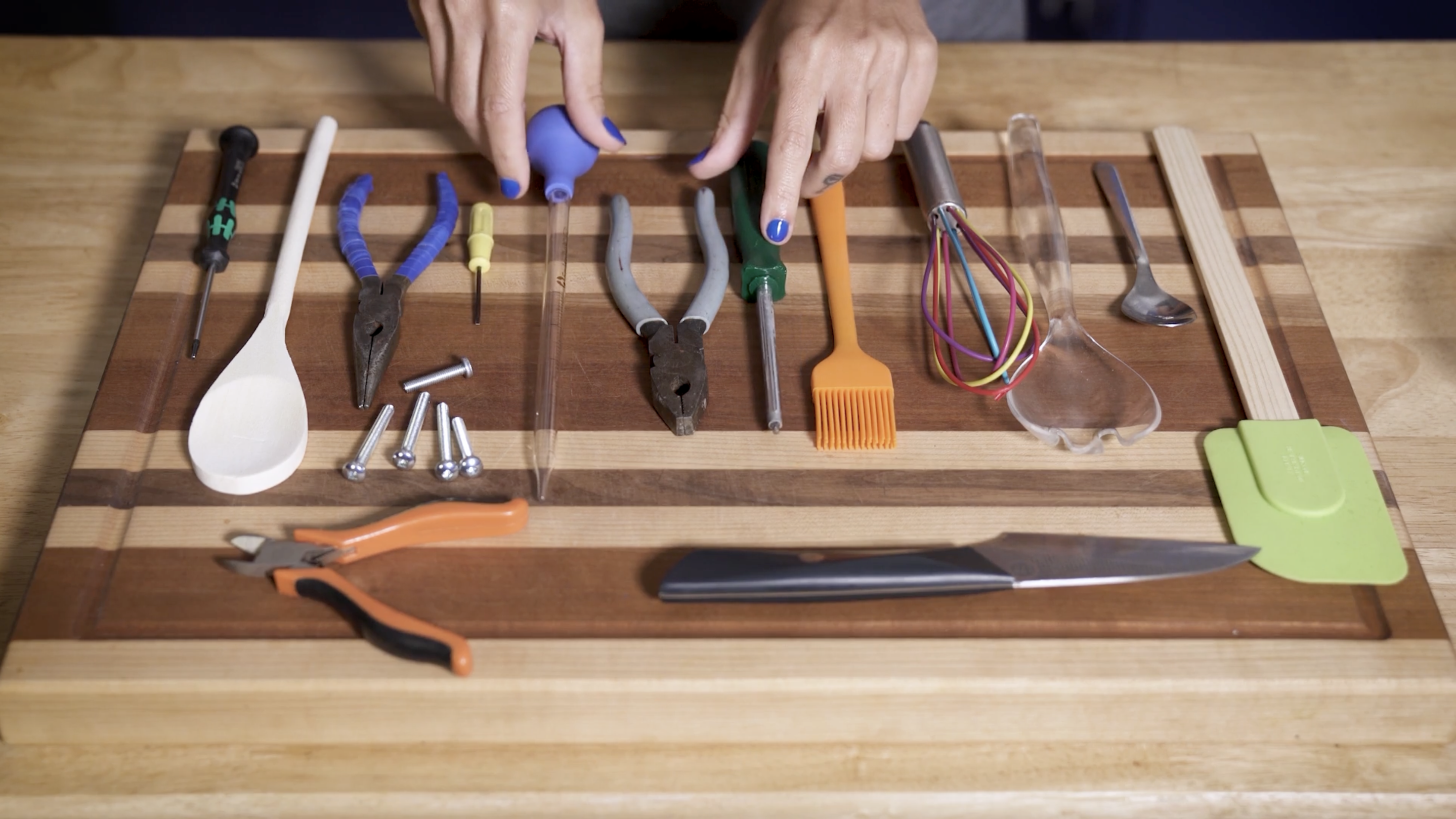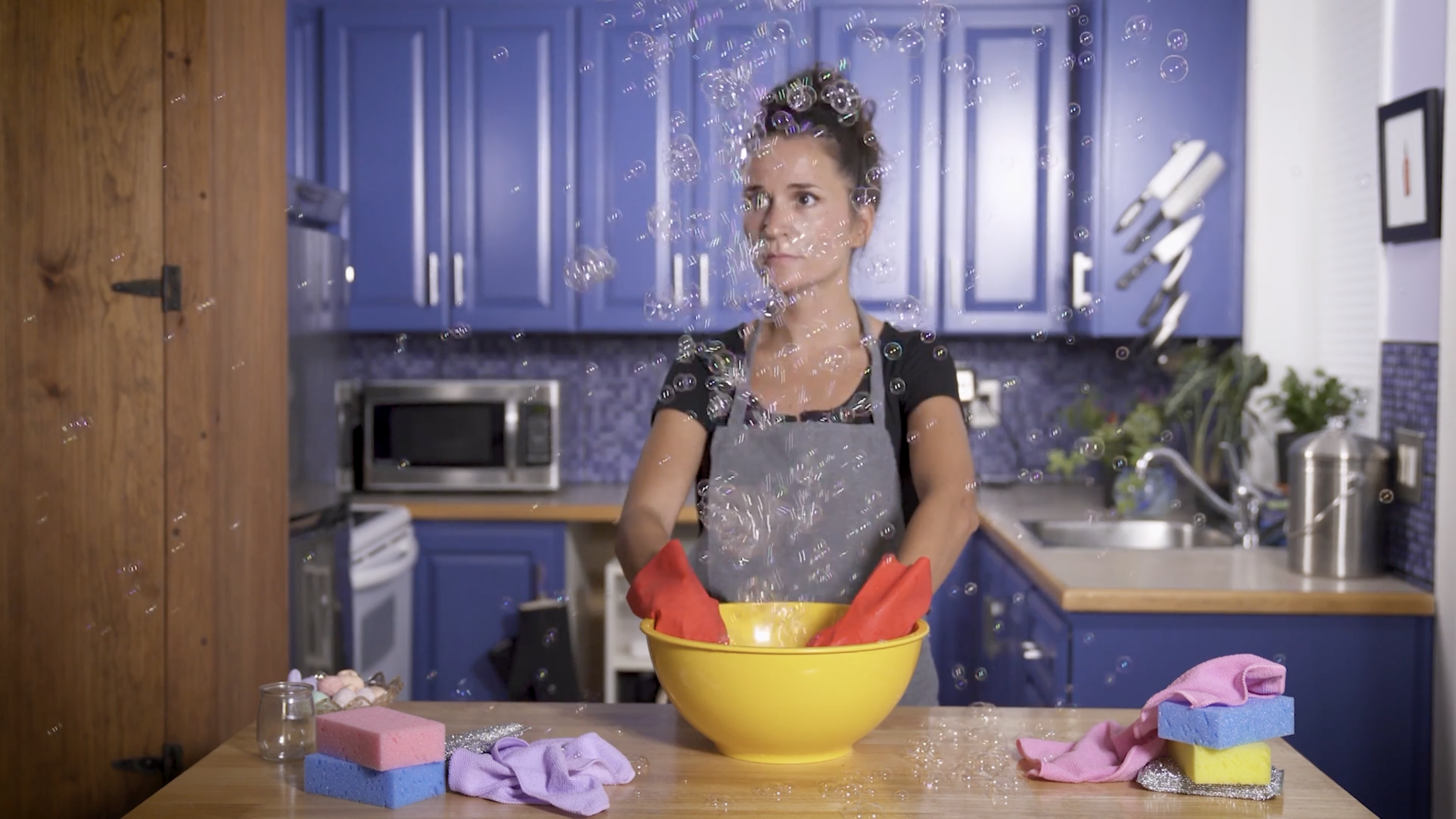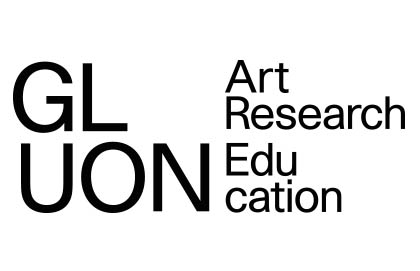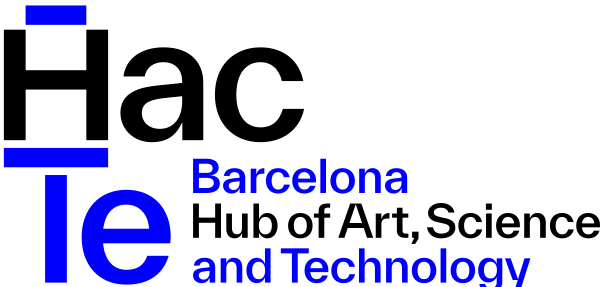S+T+ARTS in the City | Artists-in-Residence
Mónica Rikić | Somoure
+ About Somoure
As populations age, there is an urgent need to rethink the future of assisted living. Somoure is an artistic research project that explores the production processes, impacts and consequences of the development of assistive robotics, in collaboration with the Institute of Robotics and Industrial Informatics (IRI UPC-CSIC). The artistic result consists of the creation of a DIY artistic replica of a robotic platform of the research laboratory in Barcelona through a collaborative design process. This replica aims to modify (hack) its shape, behaviour and, most importantly, the architecture of the code to reflect different social concerns and other critical philosophical perspectives on robotics and healing.
Somoure focuses on Nyam, a robotic arm that feeds those who cannot feed themselves. Throughout the research process, the artist collected opinions on the presence and impact of assistive robotics on healing work from arts and humanities specialists, industrial designers, representatives of domestic labour unions and other activists. Answering to the contributions of its interlocutors, the installation presents assistive robotics not as a technological problem to be solved, but as a network of interconnections that shape our expectations about what the demographic change will bring.
“Her project is extremely well developed and organised. It is consistent with the challenge proposed. She has a grounded experience in the field.” – Tere Badia
+ Artist
Mónica Rikić’s artistic practice lies in the development of alternative technologies through creative coding and electronics. Her proposals merge technology and philosophy in an artistic manner, creating technological artefacts that are less concerned with functionality and productivity, and more concerned with triggering collective thinking and discussion. Formally, her practice is based in producing handmade electronics objects and robots, which perform different concepts within the scope of her research, presenting themselves as theatrical devices. With these devices, she offers experiences that propose alternative ways of thinking about technologies, robotics and open hardware. Her works illustrate how artistic research is a valid way to not only contribute to, but also critically evaluate the advancement of techno-scientific knowledge, providing new perspectives and generating previously-unknown paths of exploration.
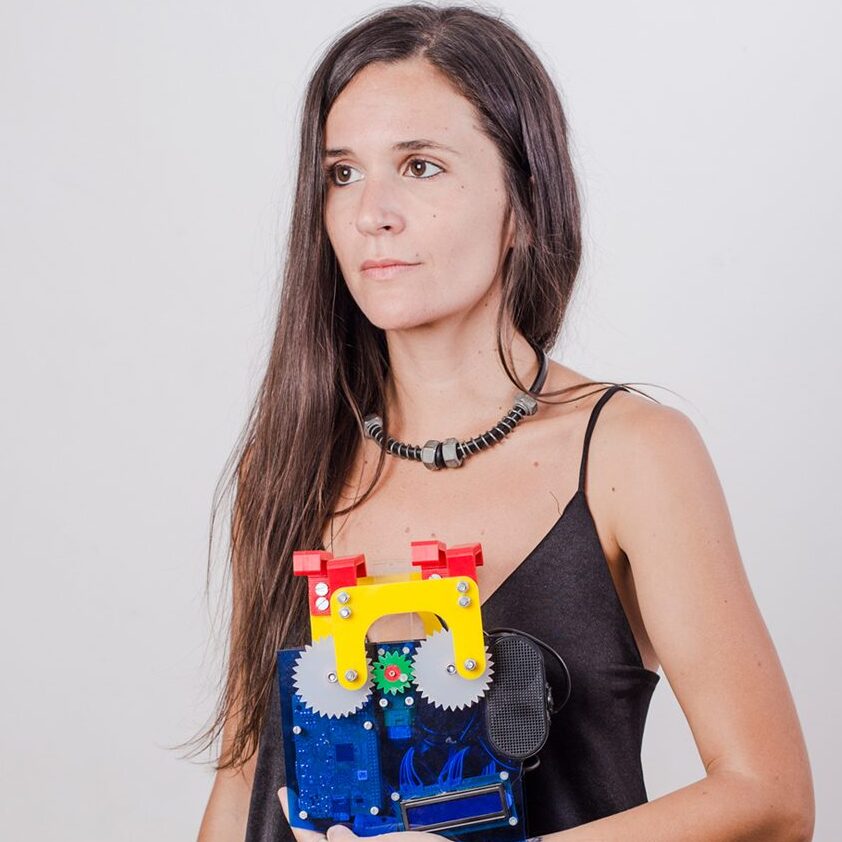
+ Video Statement
+ Credits
Concept and technical development: Mónica Rikić
In collaboration with: Institut de Robòtica i Informàtica Industrial CSIC-UPC
Filmmaking: Agustina IsidoriMusic: Rodolfo Venegas
Somoure was co-commissioned by HacTe with the support and collaboration of the Institut de Robòtica i Informàtica Industrial (IRI) – CSIC-UPC, and the S+T+ARTS program of the European Union.
This project has been developed in the context of the S+T+ARTS in the City project. S+T+ARTS in the City has received funding from the European Commission’s Directorate-General for Communications Networks, Content and Technology under grant agreement No. LC-01984766.
S+T+ARTS in the City is funded by the European Union under grant agreement LC-01984766 under the STARTS – Science, Technology and Arts initiative of DG CNECT. Views and opinions expressed are those of the author(s) only and do not necessarily reflect those of the European Union or DG CNECT. Neither the European Union nor the granting authority can be held responsible for them.
